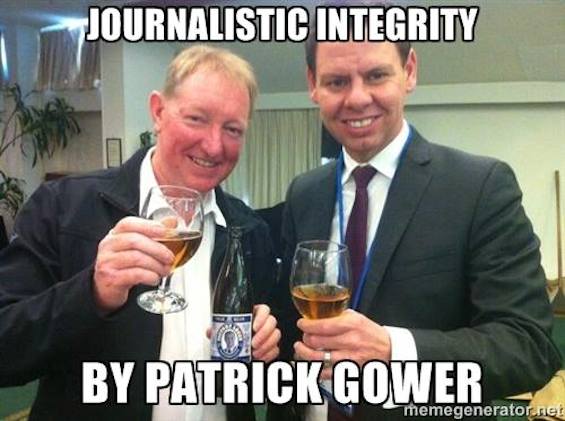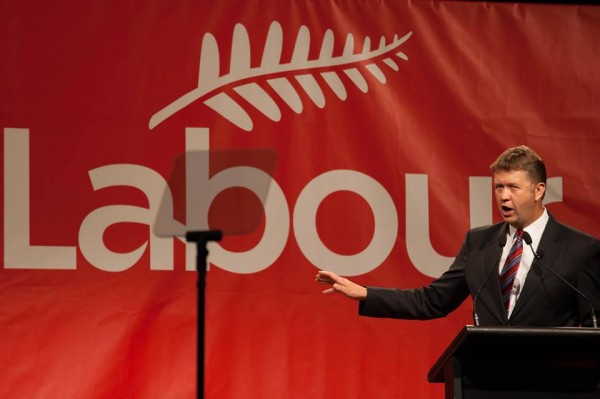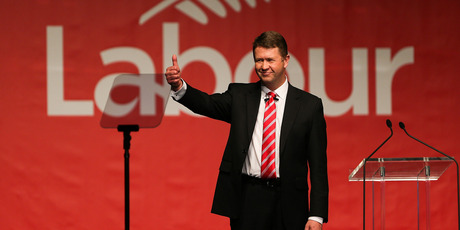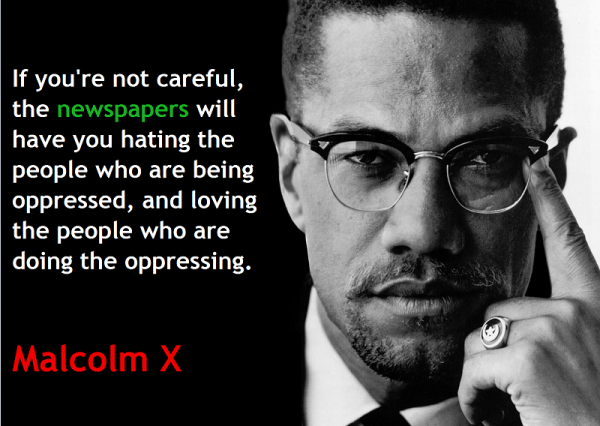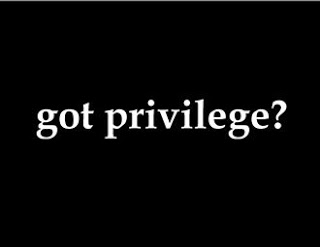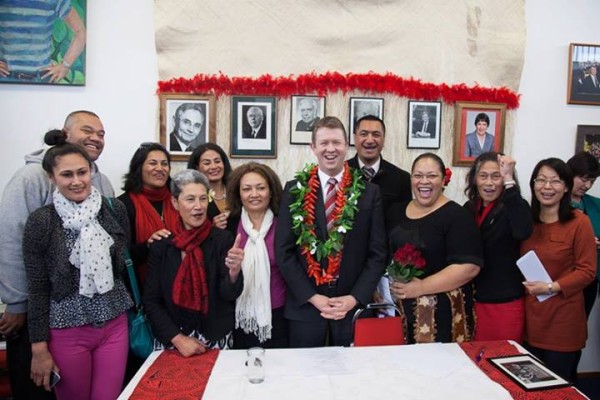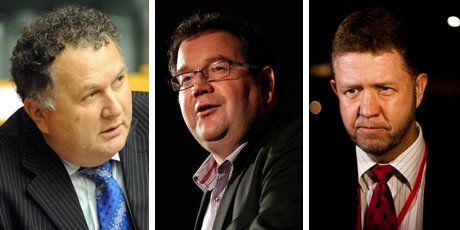
Two weeks ago I wandered into my favourite bookshop on Brunswick Street, and walked past a pink book with the title, “Drink”, written by the journalist Ann Dowsett Johnson, I opened the book and read the first sentence,
Hang out in the brightly lit rooms of AA, or in coffee shops, talking to dozens of women who have given up drinking, and this is the conclusion you come to: for most, booze is a loan shark, someone they trusted for a while, came to count on, before it turned ugly.
I tried not to cry. That morning at around 10.30am I had downed 500ml of cider to you know, “take the edge off.” I have been drinking heavily since arriving in Australia. Moving countries is both stressful and incredibly lonely. Before this, like a lot of women I had gone through phases of episodic binge drinking, throughout my teens and twenties. I had even gone to CADS to seek help for my drinking a year earlier. But now my drinking is becoming a daily occurrence; sometimes I even drink at work. Somehow, along the way my occasional habits of drinking a bit too much morphed into drinking on a daily basis.
I took the book up to the counter and handed over my money. I quickly tucked the book into my bag and walked out of the store. I walked into the nearest bar and downed another cider, it was 1 in the afternoon, and began to read. Ann Dowsett Johnson points to what is now believed to be a, “global epidemic of women’s drinking” as women have gained equality in “certain arenas” female binge drinking and dependence on alcohol has steadily risen, “those born between 1978 and 1983… are drinking to black out. In that age group, there is a reduction in male drinking, and a sharp increase for women.”
I have trusted alcohol since I was 14 because everyone else was drinking it whether you were in the
“cool” group or not. I kept on drinking because it made me feel invincible, pretty, capable… and eventually in my late twenties I drunk to numb the pain, disappointment and anxiety.
Johnson, in her book reflects on why so many women have picked up the bottle she wrote, “Like countless women, I lived with the tyrannical myth of perfection,” this ideal of perfection is something I deeply relate to. From an early age, I wanted to be the best at the age of 12 I wanted my PHD, I was going to do something incredible with my life; I wanted to change the world. I was going to do whatever it took, whatever it cost, to succeed in a world that so deeply favours men.
I went to University, I gained two undergraduate and two post graduate qualifications. I worked relentlessly, my mantra for over a half decade of university was, “let no one out work you today.” I would be at university from 6am till 12 at night. I would research and work until my eyes turned red. If I got a B I would vehemently criticises myself and then simply, work harder. I graduated in my final year of my BVA with an A+ average. I was exhausted. I went straight on to my first year of post graduate study finishing with an A average. It nearly killed me. I went on to my 2nd year of post graduate study graduating with, yet again, an A average. I had nothing left.
By this time my crippling pressure on myself, to be the best and to be perfect had resulted in using alcohol as a way to cope and ensued with epic binge drinking and periodically drug use, during the weekends. I was, as Ann Dowsett Johnston puts it, “[a] weekend warrior” in which she describes a trend of young females drinking to, “black out”. According to CDC Vital Signs report,
…female binge drinking is a serious, underrognized problem: almost 14 million American girls and women binge drink an average of three times each month, typically consuming six drinks per binging episode.
While at University the recession hit and the global financial collapse meant highly qualified graduates who had occurred thousands of dollars of debt had left University and either could not find work or if they did it was low paid and had little, if nothing to do with their degrees. I was one of those graduates.
At 26 I was working 3 bar jobs (yeah, working in a bar surround by alcohol… great place to be when you have a problematic relationship with alcohol) to make enough money to buy food and pay rent. It was devastating. I moved home, unable to keep up with bills. To cope with the disappointment I started drinking more, once a week turned into 2-4 times a week averaging between 2-5 drinks in one session. I used alcohol to numb the pain of what I perceived to be my own failure and the depression which subsequently crept into the corners of my life. Johnston asks,
Why do we drink? To celebrate, yes. Relax, reward. Of course. Ask most girls and women with a serious drinking problem, and you will get none of these answers. What you will get is this–present or past tense notwithstanding: I drink to numb. I drink to forget. I drink not to feel. I drink not to be me.
In my family, unlike many people who develop problems with drinking, there is no history of addiction, apart from one other sibling. In fact my mum rarely ever had an alcoholic drink in front of me when I was growing up.
What most people do not know is there are many other factors that can seriously impact the chances of someone, developing a serious drinking problem as Johnston cites, “…a Canadian study involving six treatment centres found that 90 percent of women interviewed reported childhood sexual abuse or adult abuse histories in relation to their problematic drinking.” In fact childhood sexual abuse “is one of the strongest predictors of Alcohol abuse”. I am a survivor of child sexual abuse.
I started drinking at 14, which escalated into binge drinking by 15 like a lot of parents my mum was just glad I wasn’t on harder drugs. But parents should be worried, Richard Grucza, an alcohol epidemiologist points out, “there is a twenty-five percent increase in risk for alcohol dependence in those who drink at an early age”.
During my teenage years I engaged in high risk behaviour (a lot of girls I was friends with did, also); hitching everywhere, binge drinking in the weekends which of course lead to more unwanted sexual assaults. I remember waking up at a party with some guy twice my size tonguing my face with his hand up my shirt. I was paralysed with fear. I managed, somehow to get him off me. I told no one – as the cultural narrative goes: drunk girls get what they deserve. I had flashbacks and anxiety over the incident and others like it, for years.
Many young girls and women use alcohol to self-medicate, they use it to forget and deal with troublesome feelings and past trauma(s). This can create a horrible feedback loop; you drink to numb the pain related to what you have survived, but the drinking puts you at a much higher risk of repeating the history which in part, lead you to abusing alcohol in the first place.
There is barely any public conversation around how women are coping with the aftermath of assault, in a world where 1 billion women have survived sexual assault, we desperately need to start acknowledging that growing numbers of women are drinking to cope with what they have survived. Sexual abuse accounts for 20% of binge drinking, and sexual harassment for 50% in under 18 year olds, as Elizabeth Saewye a Canadian researcher says, “if we want to get a handle on problematic drinking in adolescence we have to focus on violence in our society.”
What is also disturbing is, alcohol companies are now aggressively aiming their advertising at women. Previously advertising for alcohol was mainly aimed at men. While growing numbers of young girls are being admitted to hospitals in the early mornings of Saturdays and Sundays to have their stomach pumped or to undergo rape kits, alcohol companies are selling us the idea, drinking will bring us happiness and, make you feel sexy and liberated like Moet and Chardon’s, Be Fabulous, campaign.
Alcohol is involved in 9 out of 10 rapes on university campuses, so while alcohol companies are busy selling us ideas of “freedom” and “liberation” if alcohol is ever involved in a rape it is often used to excuse it.
There are many associated risks with drinking, risks as a culture which is “soaked in alcohol” we generally like to stay blissfully unaware of. Sir Ian Gilmore, the past president of the Royal college of physicians states,
In the thirty years I have been a liver specialist, the striking difference is this: liver cirrhosis was the disease of elderly men–I have seen a girl as young as seventeen and women in their twenties with end-stage liver disease. Alcohol dependence is setting in when youngsters are still in their teens.
When I read those words, I felt my stomach fly into my mouth; no one really likes to hear the hard hitting facts about what addiction, especially alcohol addiction or just binge drinking something that has been so normalised in our culture, can do to your body. As Johnston points out, “deaths from liver disease have risen by 20% in the last decade.” Not to mention the impact alcohol abuse can have on your mental health and wellbeing. A psychiatric nurse I spoke to said, “…when it comes to addiction and alcohol abuse sometimes it is hard to know what came first? The chicken or the egg?” In other words it is hard to figure out if the alcohol and/or drug use caused the mental health issue or simply made it worse.
I have lied to a lot of people about how much I drink; to my boss, and of course to myself but also to my, mum. I only admitted to my mum four weeks ago I have been drinking heavily, to the point I now have major concerns about my health. Before this I had been telling her my drinking was much better that I was, “fine”. Sometimes while I held my third glass of wine in my hand, I would be on the phone reassuring her my drinking had, “honestly improved so much since coming to Australia.” I have spent most of my life telling people “I am fine,” as Kneeper, vice president at Caron treatments centres points out,
“Women have a tendency to want to project an image of holding it all together–but they will know internally, long before others, that they have a problem. Eventually they will be outed: a DUI, showing up late for work too often, external issues.”
The spoken word poet Michael Lee who has struggled with alcohol addiction for most of his life, remembers in his poem, “Waking Up Naked” how he was asked, “Michael, do you want to die?” ever since hearing these words they resound inside my head nearly every time I pick up a drink, “Chloe, do you want to die?”.
The excessive consumption of alcohol has been normalised in our western culture, I think people believe alcohol is “safe” or you know, better than crack. What people need to realise is binge drinking, heavy drinking and drinking to self-medicate can be really damaging, “Lots of harms are coming from those who are not addicted,” says Robert Strang, Chief public officer of the providence of Nova Scotia, “periodic, episodic binge drinking leads to acute and chronic problems in society. The problem with alcohol? We don’t acknowledge it as a drug – and as such, we haven’t paid enough attention to it.”
Excessive drinking is a serious and chronic public health issue, and it has become as Johnson asserts in her book, “a women’s issue”. And she is right. Women are expected to live a certain way; to be skinny, beautiful, have successful careers, raise kids and never brake a sweat. In our alcogenic culture more and more women are picking up the bottle to cope with past traumas and/or the growing and sometimes crippling demands placed on them.
We desperately need to start speaking about how some women, are drinking – to cope, so we can lift and challenge the stigma of addiction and support women who need help.



